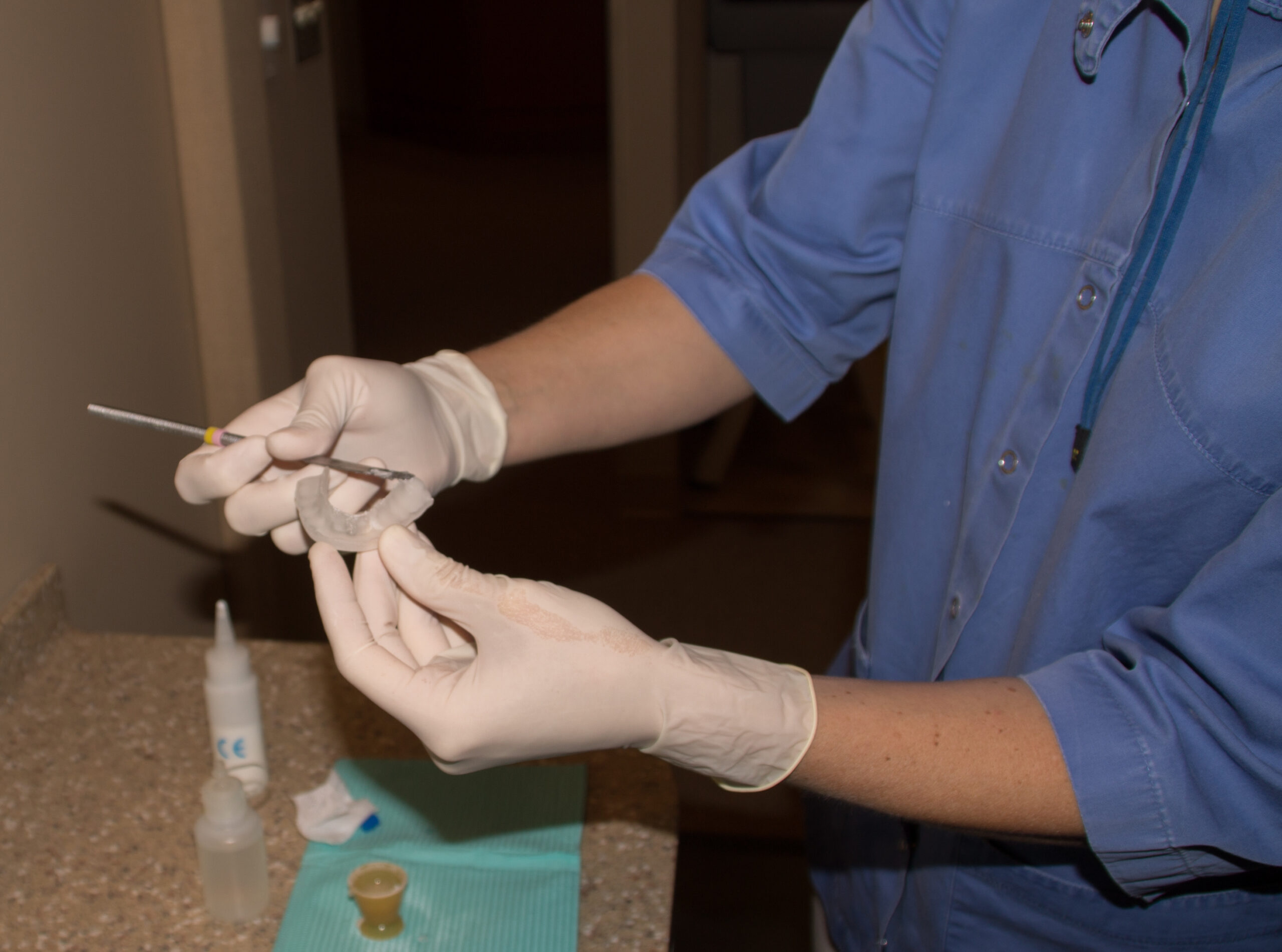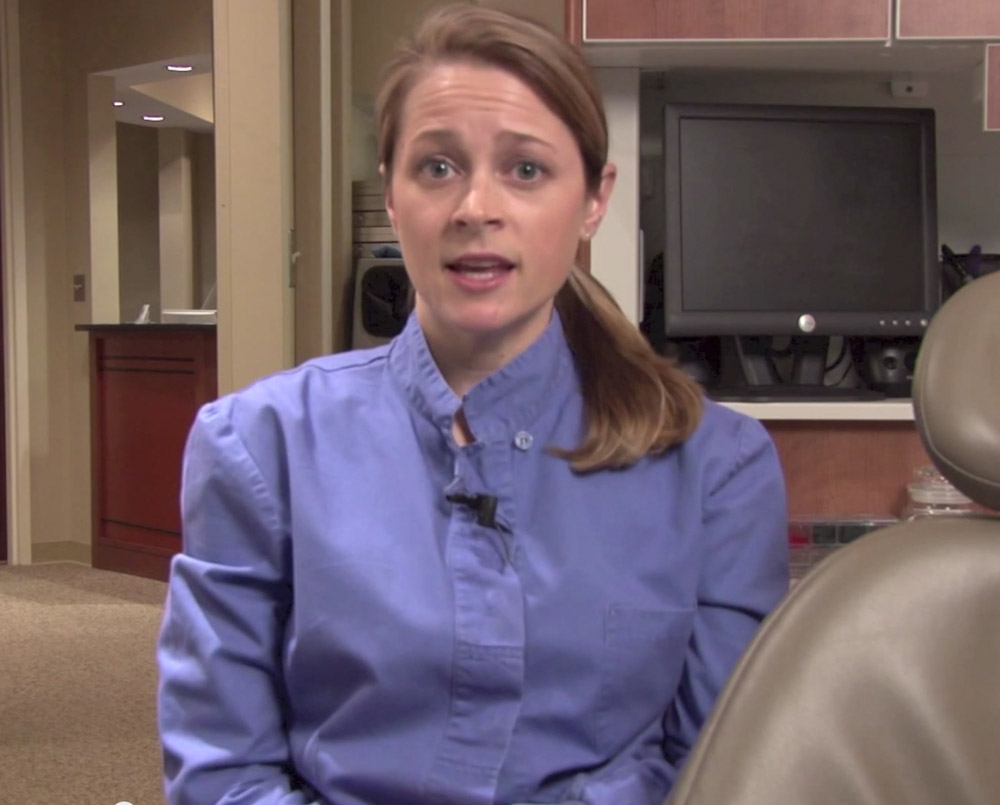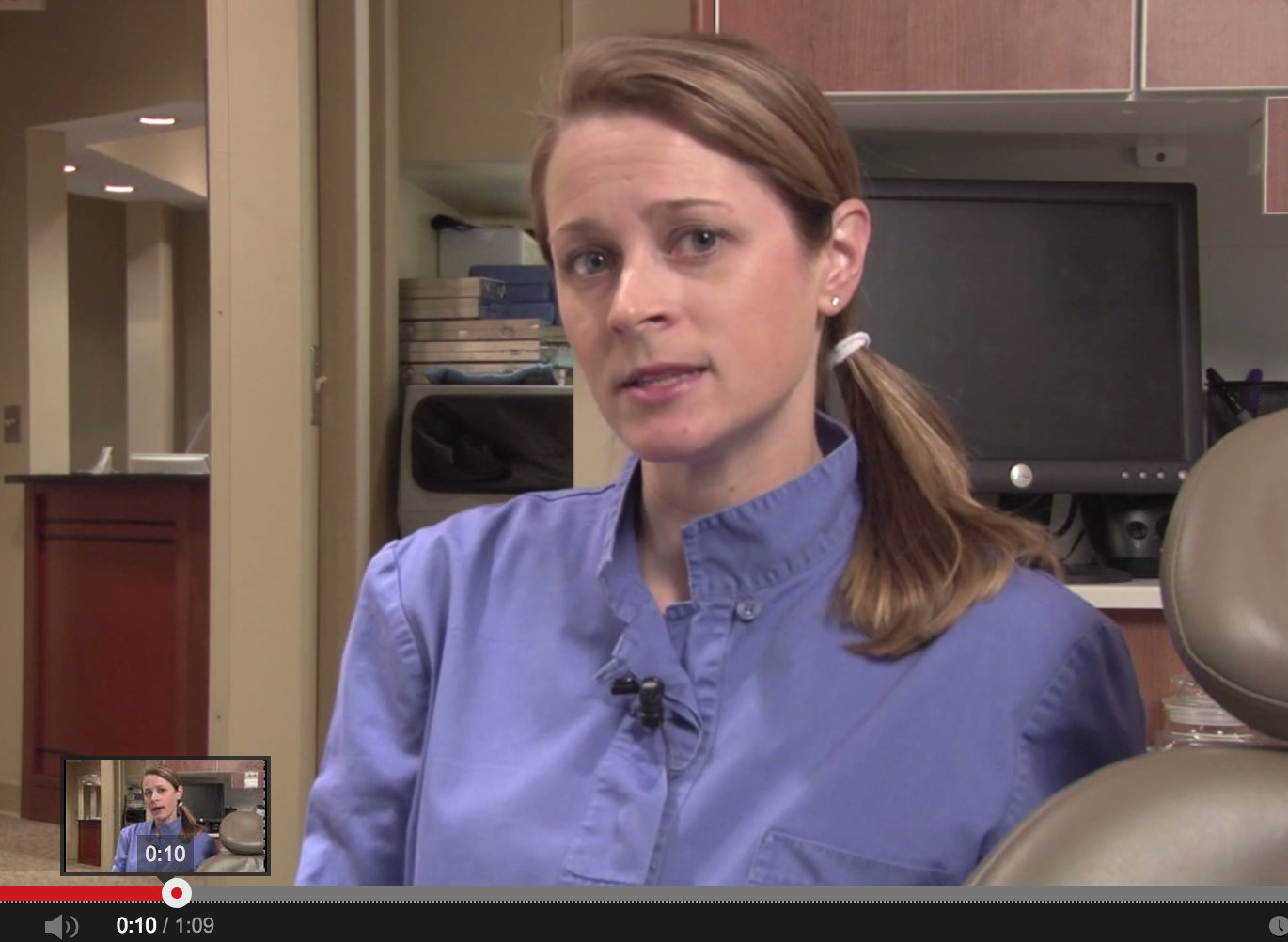Splint Communication From Physical Therapist to Dentist As a dentist who learned to modify splints from my physical therapist colleague, I hope these suggestions will pave the way to a smooth working relationship. 1. Lead with what you need. Once you have diagnosed your patient to need an oral appliance to control her body, be direct and make that…
Read MoreFitting a bite splint to achieve its original design requires attention to how the splint fits over the teeth it engages – as well as the opposing row of teeth. This installation shows some postural concepts in positioning the patient within the dental chair to optimally improve the cranio-cervical relationship prior to adapting the maxillary-mandibular…
Read MoreIn this brief video, here an explanation of how a bite splint can be used therapeutically. Whether someone has had a recent trauma like whiplash, or a chronic condition like arthritis, a dental bite splint between the teeth can support and stabilize both the jaw joints and the neck.
Read MoreWhat is the JVA? The JVA or Joint Vibration Analysis machine is a small set of headphones which we place in front of the patient’s ears. But instead of the patient listening to music, this small sensor will pick up vibrations inside the patient’s jaw joint. Healthy jaw joints make very little friction as you…
Read MoreAn analysis of the way a patient’s bite comes together can be initiated by our dental assistant using the T-scan. Here she demonstrates how the impact is registered on the sensor, then places the sensor in the patient’s mouth and takes a quick multi-bite series. Dr. Caughey interprets the data to the patient, demonstrating the…
Read MoreDislocating a jaw joint can be so completely scary! While the condition can resolve on its own, many times people with the double dislocated jaw joint need to go to the hospital to have it reset. However, here is something to try at home first!
Read More



